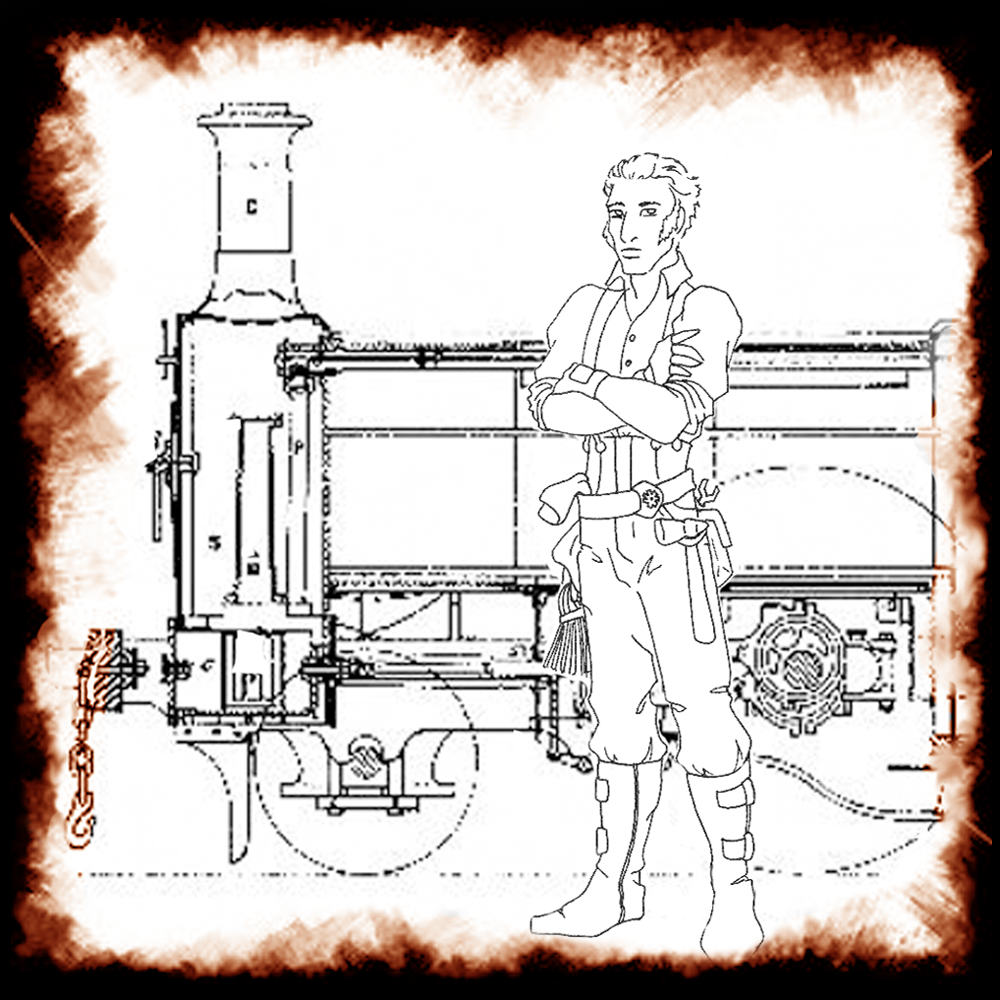
I wrote this piece for the Genealogical Archive.
~FBJ
505 years has transpired through this 16 generation descendancy, five centuries, half a millennium. When I inherited the genealogy project from my mother, generations 16 back through 10 where in the research files my grandmother had compiled. When I discovered the Chase family bible among the files and memorabilia, I found a few clues that helped me track down nine more generations to John Thayer.
John Thayer was born in 1503 in Thornbury, Gloucester, England. The Thayers, from John to Cicely where all from Thornbury. Cicely came across the Atlantic to set up hearth in Haverhill Massachusetts. The family stayed in Massachusetts (Haverhill, Rehoboth, and Swansea) until Benjamin Chase and Abigail Mason moved the line to Wisconsin where the family lived until Mortimer Wanzer and Virginia Rogers moved to Kansas. Robert Wanzer and Wanieta Sullivan moved from Kansas to California where the rest of the line resides to this day.
Efforts to keep moving back in time are presently at an impasse. I am stuck at the very beginning of the 16th century. This will give me time to fill in some of the blanks and check citations and get copies of documents.
The family names that span the 5 centuries are Thayer, Davis, Barney, Davis, Saunders, Chase, and Wanzer.
1. John Thayer (b. 1503 d. 1562)
sp: Constance (b. 1507 d. 1576)
2. John Thayer (b.1531 d. 1584)
sp: Mary Roberts (b. 1537 d.1611)
3. Edward Thayer
sp: Katherine Eddys (b. 1578 d.1658)
4. Cicely Thayer (b. 1600 d. 1673)
sp: James Davis (d. 1676)
5. James Davis (b. 1620 d. 1694)
sp: Elizabeth Eaton (b. 1625 d. 1683)
6. Constance Davis (b. 1674 d. 1721)
sp: Joseph Barney (b. 1673 d. 1731)
7. Esther Barney (b. 1706 d. 1778)
sp: Daniel Davis (b. 1697 d. 1741)
8. Mary Davis (b.1739;d.1799)
sp: Benjamin Saunders (b. 1736 d. 1808)
9. Constance Saunders (b. 1758)
sp: Jacob Chase (b. 1758 d.1818)
10. Benjamin Chase (b. 1782 d. 1847)
sp: Abigail Mason (b. 1793 d. 1853)
11. Melvina N Chase (b. 1836 d. 1919)
sp: Andrew Jackson Wanzer (b. 1837 d. 1889)
12. Mortimer Leroy Wanzer (b. 1878 d. 1947)
sp: Virginia Mary Rogers (b. 1892 d. 1974)
13. Robert Wheeler Wanzer (b. 1920 d. 1962)
sp: Wanieta Ruth Sullivan (b. 1916 d. 2004)
14. Virginia Louise Wanzer (b. 1942 d. 2006)
sp: Lester leland Raines (b.1924)
15. Jonathan Wheeler Wanzer (b. 1967)
sp: Tammy Irene Veloza (b. 1972)
16. Zachery Patrick Wanzer (b. 1995)


